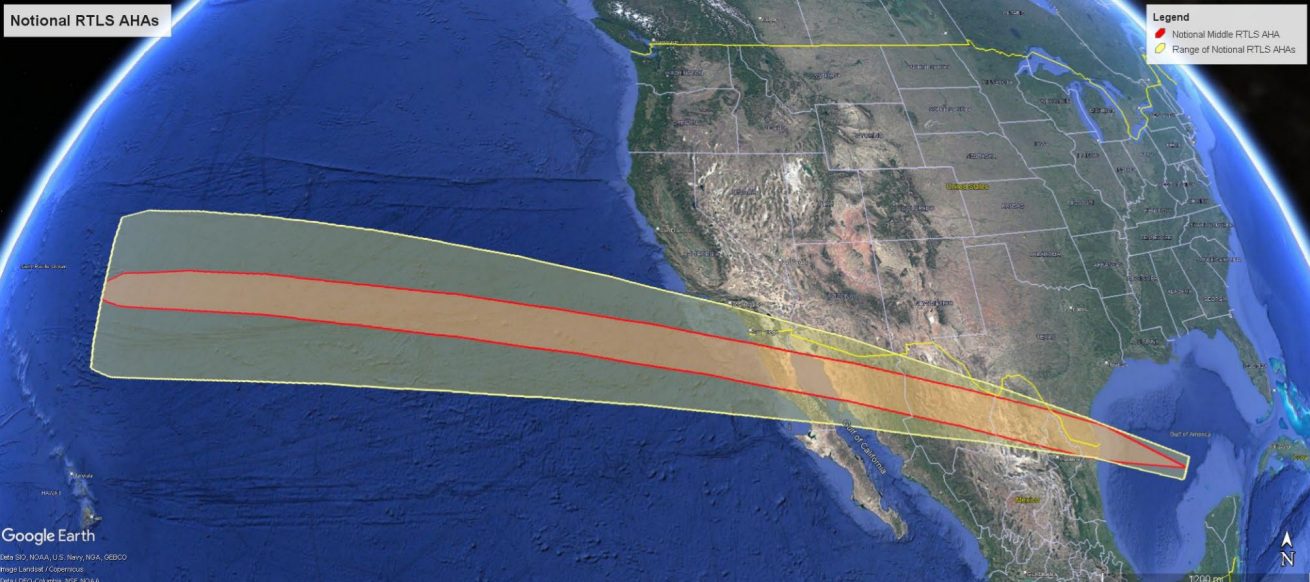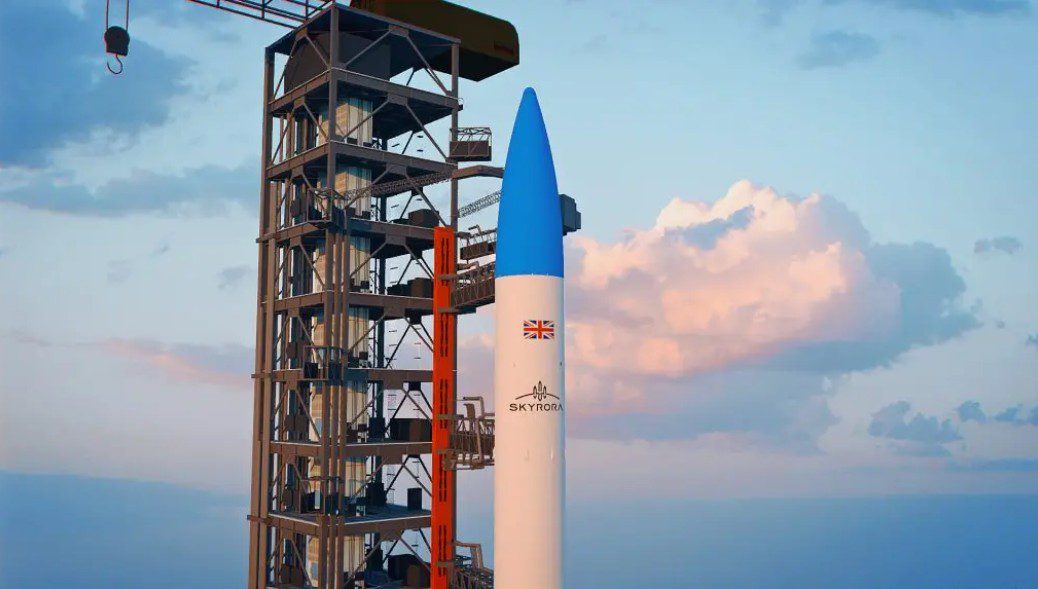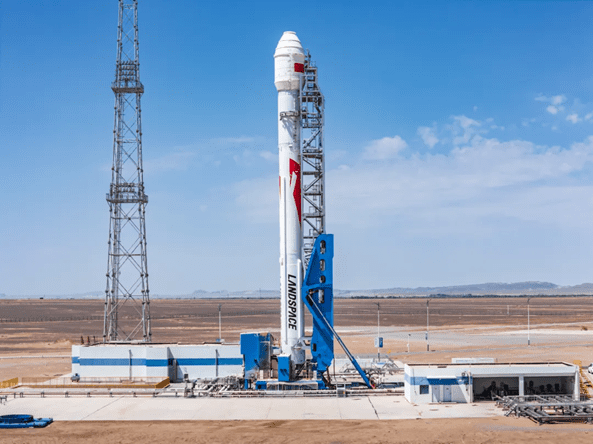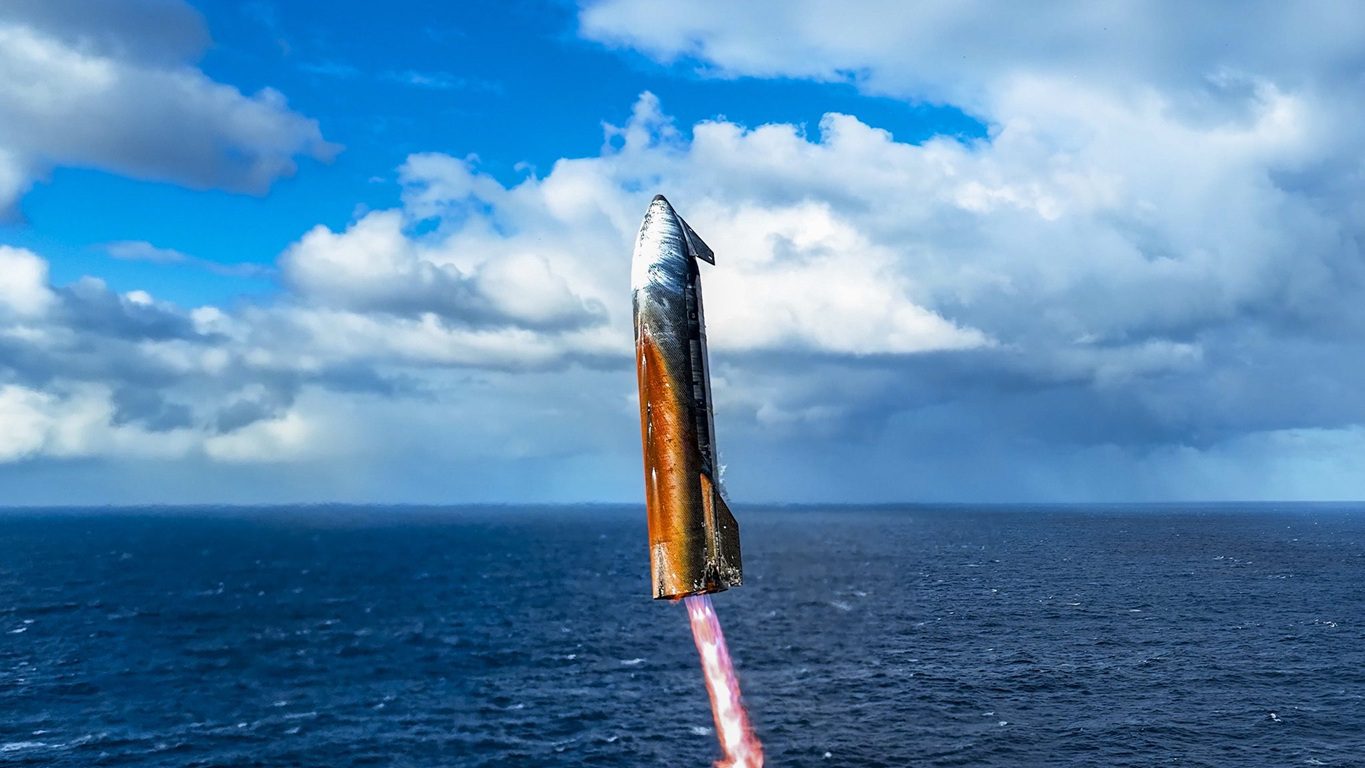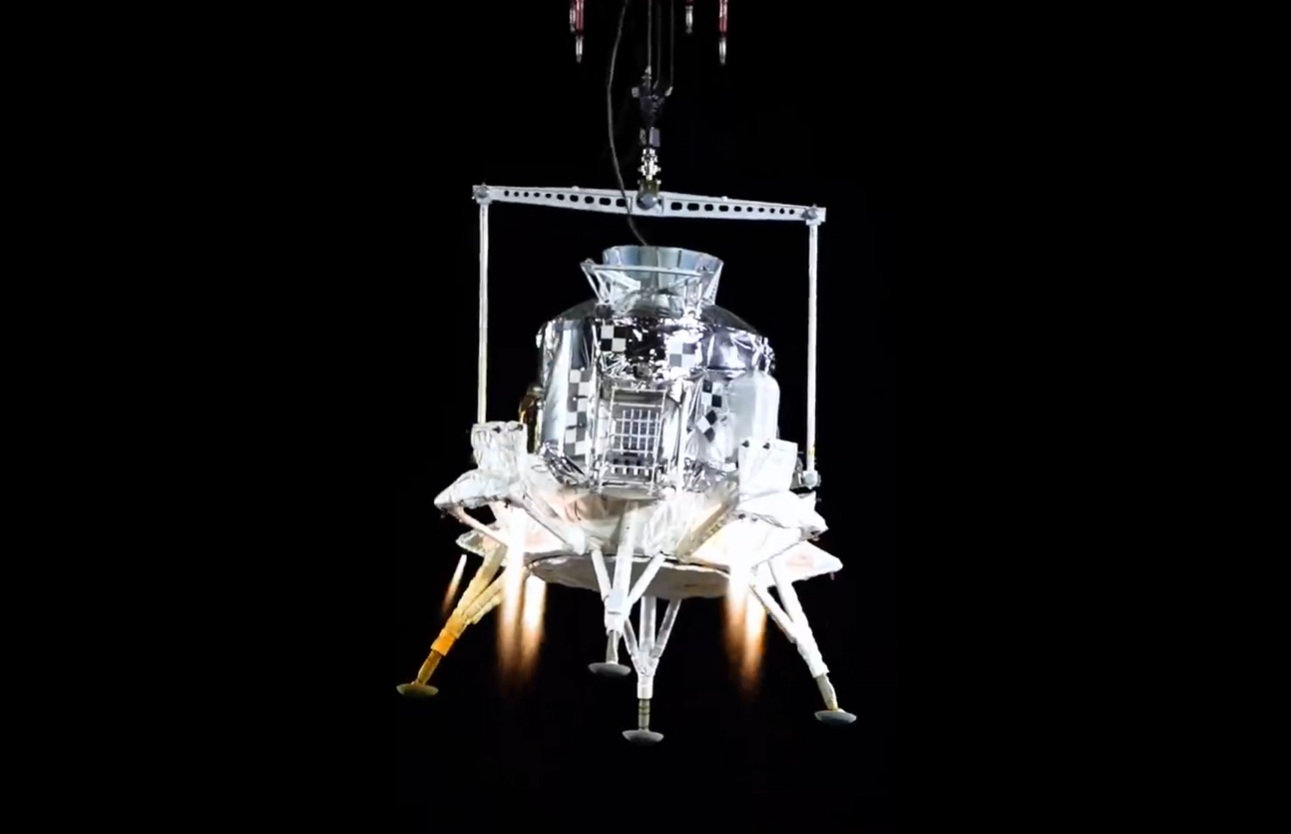As the Chinese New Year arrives, we note that China has traditionally been very superstitious about encouraging good luck. As part of the Feng Shui superstition, individuals and organisations can encourage good luck energy to enter their realms by simple measures involving shapes, colours, light, crystals, furniture placements etc. Apart from being careful with room layouts and changing the wallpaper, what other ways are there for companies and organisation to help their fortune? Well one is to have an auspicious company logo design.
About ten years ago, in our previous Space Intelligence News newsletter publication, we did an analysis of company logo design. We noted which space companies in the space business were likely to have good Feng Shui-luck via their logos and which would not.
To briefly recap, superstitious practitioners of Feng Shui believe that certain elements should be present in a company logo to give it more good luck, and less bad luck, for the organisation as a whole. This includes having the right colour combinations and having strong bold shapes and lettering. Lucky emblems are also encouraged with the best being living things, with animal symbols being better, or a dragon which is best of all.
While plain shapes are acceptable, the worst emblem or logo has a sharp angular point aiming at a company name. This is not auspicious as these act as a ‘poison arrow’ against a company.
So how has it worked out for the companies we warned to change their logos? Are they still in the space business or have they failed or been taken over?
Examples of ‘auspicious’ space company logos were noted were those of Boeing and Intelsat in that they had (and still have_strong clear lettering with no sharp objects pointing at their name.
We noted that Boeing had strong lettering and while its ex-McDonnell-Douglas logo emblem did have a sharp point, when placed in the next-to-name configuration it was not intercepting the company name.
Intelsat’s emblem was simple and strong with a good colour combination – a good Feng Shui logs. Both Boeing and Intelsat remain major players in the space business.
Our examples of inaupicious’ space company logos we pointed out included Panamsat’s and Alcatel’s.
Panamsat’s name had a pointed “poison arrow” emblem pointing straight at it. The “result” was that Panamsat was eventually taken over (by Intelsat).
We also suggested that Alcatel was misdirected to have an arrow pointed straight down at its name.
Small dull spaced letters of the Alcatel name are ‘spiked’ by the point of a ‘poison arrow’. While Alcatel is still in business,it is no longer in the space business as its space interests became part of Thales Alenia Space.
Some logos have both good and bad features and are examples of mixed feng shui luck. Examples of mixed luck logos include NASA’s good colourful design but whose clarity has been compromised by an emblem’s ‘arrow’ flying straight through it (the NASA logo was changed back to the original “meatball” from the “worm” logo of the 1970s and 1980s). Perhaps if they changed their logo they might get a bigger budget.
So what about more recent companies? EADS Astrium’s company name clearly had a poison arrow and, as such we were not surprised that in a reorganisation the EADS Astrium name became no more. It is now part of Airbus Defence of Space of course. By the way, as you would expect, the new outfit appears to have a very good logo.
Of course, all of this Feng Shui stuff is probably just mumbo-jumbo superstition. Nevertheless, while we at Seradata believe you make your own luck for the most part – though talent, good products, good service and treating clients well – nevertheless when we can, we will take any bit of extra luck or divine help available…just to give us the edge you understand. As such, Seradata’s logo has been carefully chosen so that any point parts will not strike its name. And if the theory holds, our “lucky” logo will bring more appreciative clients and, of course, more revenue and success. We will keep you posted.
Our final word goes to the logo of SpaceX (Space Exploration Technologies). While they do have a strong clear logo for the company – if you get your ruler out, it appears that the backward X points “poison arrows” do not actually intersect with the name – and while their Dragon spacecraft has a “most lucky” dragon symbol on the side of it, in fact, the dragon emblem’s pointy wing parts do aim at its dragon name (see top image). Not so good.
Mind you, at least Space X has a better logo than its competitor launch provider International Launch Services (ILS) as it appears to have two (black downward) poison arrows pointing at its name.
Thus our prediction is that while we envisage SpaceX prospering – possibly at the expense of ILS, its Dragon capsule may not have it all plain sailing. All logos courtesy the companies and organisations quoted.
Update in May 2015: We have found the space company with probably the worst logo in terms of Feng Shui luck. Talk about a large poison arrow head aiming straight at the company name! Have a look at the new logo for SES…the global satellite operator appears to be doomed! 🙂



